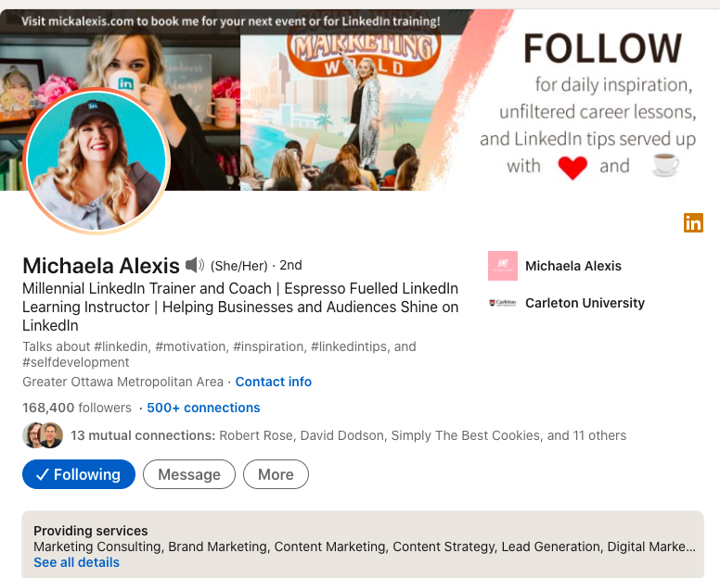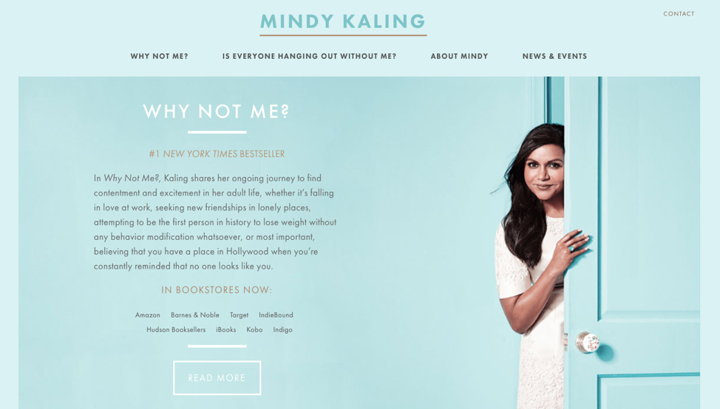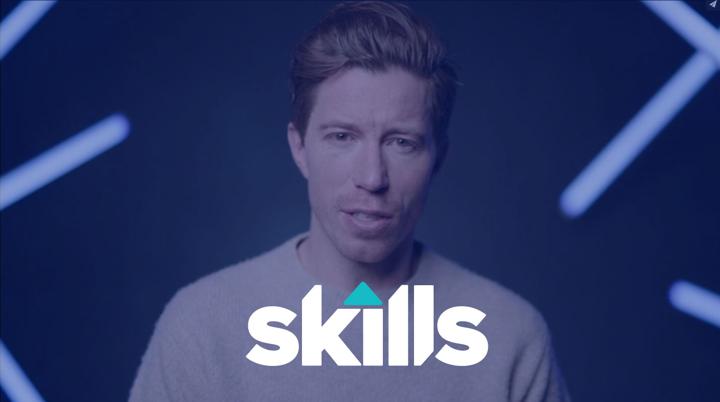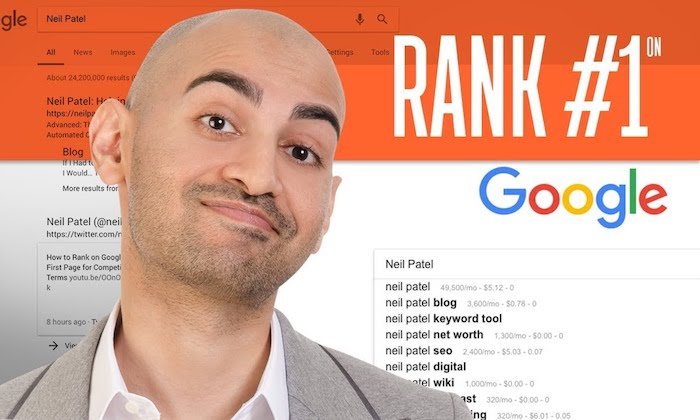Personal branding is kind of like getting ready for work. Business casual with a dash of personality.
Getting intentional with your personal branding online can do a lot more for your career than a brightly colored shoe or a funky pair of earrings, though.
What is personal branding?
Personal branding is getting intentional about how you present yourself within your industry. It’s how you establish a reputation as an expert, thought leader, or influencer within your niche.
At its very core, personal branding combines your most unique character traits with your knowledge and expertise to present a personal brand that resonates with and benefits your target audience.
That’s because the personal brand doesn’t really focus on business. It uses your unique traits to create a powerful, humanized, authentic brand.
With a strong personal brand, you can build an online presence, attract career opportunities, and sell more products in your business.
Why is personal branding important?
Personal branding builds credibility and helps you control your own narrative. If you are job hunting, you can showcase your most relevant characteristics and present yourself as an optimal candidate for the position you seek. If you’re selling a product or service, you can showcase your expertise in your field and gain trust from your audience-- trust you can turn into sales.
Most of us already have an online presence. People can easily look us up and figure out who we are and what we do. Personal branding takes this a step further by letting anyone who looks you up online know exactly how you can bring value to them.
If you’re a business owner, encouraging your employees to develop their personal brands can have a huge impact on your business. Statistics show that leads developed through employees’ social media convert 7 times more frequently, and content shared by employees receives 8 times more engagement than content shared by company channels.
Customers tend to buy more when they connect with the people behind the brand. 92% of people trust recommendations from people they don’t know over recommendations from brands. Personal branding carries a strong influence and can boost a company’s overall ROI.
The best person brand examples
If you’re new to the concept of personal branding, here are some steps you can take to get started:
- Create your personal branding statement, define your audience, and audit your main competitors.
- Choose your social media channels and use SMART goals to build an engagement strategy.
- Track your engagement analytics and interact with commenters.
- Develop more content for your personal brand through blogging, podcasting, videos, etc.
- Measure success by tracking KPIs like conversions, traffic referrals, and mentions.
Now, it’s time to brainstorm ideas for your personal brand! Below are 8 fantastic personal branding examples you can use for inspiration.
Erin Mae Henry
Erin Mae Henry started building her personal brand in college after she was told the best thing she could do for her career was to build an audience. She started by creating fitness videos on YouTube, and her channel evolved into a hub for personal growth and entrepreneurship content. Today, she works as a personal branding coach to help women create a personal brand that positions them as well-known thought leaders in their niche.

So, what personal branding techniques does Erin use to position herself? She creates informative, engaging, branded content on social media channels, YouTube videos, her GameChanger podcast, her masterclasses, and her blog.
Her content is very much centered around sharing her own experiences and what she learned throughout her own personal branding journey. She has a polished aesthetic with professional-quality photos and videos that are edited in a consistent way, fitting her overall brand.
You can copy her method by checking out her tips, creating lots of content, and using your personal experience to share informative content about your industry.
Michaela Alexis
Michaela Alexis started her personal branding journey at a stagnant point in her job search journey. This is a classic case of using personal branding to find a job. She wrote a viral article on LinkedIn, and her online presence exploded.
She harnessed the attention and kept writing content, injecting emotion and heart into every update, video, article. Eventually, she started getting contacted by media outlets like CNBC, Success.com, and Buzzfeed.

Michaela’s been creating content on how to be successful on LinkedIn ever since. Today, she’s branded herself as a millennial LinkedIn trainer and coach. Her goal is to help businesses and audiences shine on LinkedIn.
One part of what makes Michaela’s personal brand so unique and successful is how deeply personal she makes her writing. While she is an expert on LinkedIn content creation, she doesn’t write about the subject as though she’s better than anyone trying to learn. She shares her tips and tricks by writing about her genuine experiences in a down-to-earth way.
You can harness the power of Michaela’s personal branding strategy by writing personal articles about your own life experiences. Keep yourself on the same level as your audience and write relatable, authentic, industry-relevant content.
Troy Sandidge
At first glance, Troy Sandidge is a marketer. If you take a closer look at his personal branding, though, there’s more to the story.
Troy’s branded himself as Strategy Hacker. This alter-ego encompasses his value proposition. Here’s a screenshot of his LinkedIn headline:

In his headline, he clearly states that he strategizes emerging brands to 7+ figures. All you have to do is take one glance at his LinkedIn profile and you already know:
- Who his target audience is (emerging brands)
- What he does for them (strategize them to 7+ figures)
Troy nicknaming himself Strategy Hacker and trademarking this name makes his brand both personal and professional while showing off his creative skills. Because he’s a marketer, he’s uniquely positioned to use his personal brand to showcase what he can do for his clients.
Troy’s LinkedIn headline is a great example of how you should make your value proposition and target audience clear so that people know exactly what you do and who you do it for with a single glance.
Mindy Kaling
After her iconic role in The Office, it’s easy to assume fans might never be able to look at Mindy Kaling without seeing Kelly Kapoor. The way she changed the narrative and established her presence as a NYT bestselling author, actor, producer, and director is a testament to the power of personal branding.
Mindy uses vulnerability to relate and connect with her audience. Sharing her experiences with insecurities and other life obstacles makes her a relatable, lovable personality.

If there’s one lesson to learn from Mindy’s personal brand, it’s the power of being vulnerable.
Billie Eilish
Billie Eilish is different. That’s her personal brand. From her fashion sense to the themes and style of her music, everything about Billie is eccentric and quirky.

Her personal brand screams rebellion, to the point where it’s almost anti-brand. It’s unique, and that’s what makes it work so well.
If there’s one lesson you should take from Billie Eilish, it’s that you won’t get anywhere basing your personal brand off of trends. After all, how will you stand out by doing what everyone else is doing?
Figure out what makes you unique and build your personal brand around this. It doesn’t have to be industry-specific. Take what makes you who you are and tell your personal brand’s story through that lens.
Shaun White
Shaun White is an innovative snowboarder and skateboarder who’s competed and won at both the X Games and Olympic Games.
Because his value proposition is what he can do with his body, his personal brand is heavily visual. He focuses more on sharing with his audience what he can do rather than what he has to say.
His website and social media channels showcase pictures and videos of him in action-- exactly what his audience wants to see.

To use Shaun’s techniques, think about your target audience and why they’re interested in you and your content. Think about what you offer whether it be a product, service, or what you have to say, and then think about the best way to show your audience what you offer. If you’re a writer, images might not be as important as long-form blog posts and engaging social media captions. If you’re an artist, you might rely heavily on sharing images and videos of your craft. The best form of content depends on your value proposition and the preference of your target audience.
Chris Do
Chris Do teaches the world how to value themselves and communicate their value through content creation on social media. At the center of his personal brand is a mission: to teach 1 billion people how to make a living doing what they love.

When you read this mission in his LinkedIn headline, you immediately know why he does what he does. His mission reads as compassionate.
Knowing the “why” behind what you do is important for motivation, but it can also be an effective way to get people interested in what you have to say.
Make sure you know your “why”, and make sure your target audience sees it, too.
Neil Patel
Neil Patel is an online marketing and SEO guru. His personal brand is based on the educational, informative content he puts out. Neil’s website is an invaluable resource for marketers and SEO professionals. They use his blog to learn about the latest marketing and SEO trends. He even offers free keyword research tools that marketers can use to get started with SEO.

Neil Patel isn’t afraid to give away valuable content for free. He understands the importance of offering content his audience will benefit from, and they support him in return.
When planning your content strategy, consider the pain points your target audience struggles with most, then think about what content you can put out that solves those pain points.
Time to get creative
Now that you’ve seen our top 8 personal branding examples, it’s time to get creative developing your own personal brand. Remember that “one size fits all” is usually a lie. Take the tips in these examples and make them your own!
